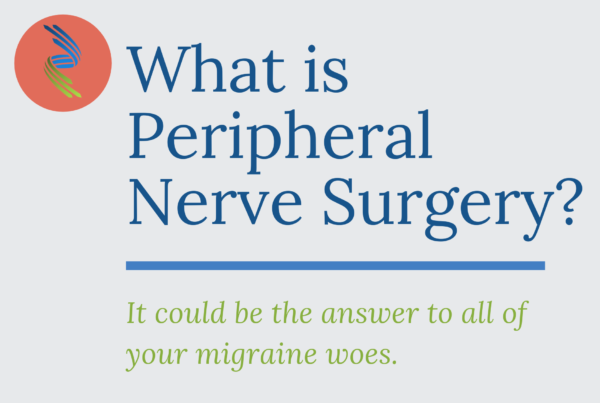The title of this post represents the million dollar question. I have posted many times in the past about how ON can be caused by compression from spastic neck muscles, compression by tight connective tissue (i.e. fascia) and/or compression from surrounding blood vessels. Many of the patients I see have had headaches ever since they can remember. However, there are just as many for whom the headaches began seemingly spontaneously one day. The question for these latter folks remains: What happened? Why now?
There have been recent articles that hint at possible answers to these questions and they may surprise you. HERE is a link to one of the more interesting ones as part of this post. One of the most surprising findings contained therein was that craning the neck downward only 60º puts as much as 60 pounds of pressure on the cervical spine and surrounding soft tissues, including nerves. So the explanation as to why you might all of a sudden develop ON can almost be summed up in one word – overuse. This explanation is one of the potential causes of carpal tunnel syndrome, the most common compression neuropathy recognized (even by neurologists). Why could that not be the case for ON? Nerves are very susceptible to chronic compression (see post – ‘What Causes Occipital Nerves to Malfunction’) even if intermittent. The occipital nerves take very circuitous routes through all of the soft tissues within the neck. When you add to that fact the constant motion of our necks that require the nerves to glide constantly and then compound those factors with an additional 60 pounds of added pressure, there are many things that can occur to those nerves.
One, they may simply get kinked as they make their way through the neck to the scalp. Not a week goes by when I don’t see a patient in the office who, in describing their headaches contorts their head to recapitulate their symptoms and when they get it just right, it’s like a thunderbolt of pain. Two, even if not kinked, the pressure will compress the vasa nervorum – the microscopic blood vessels within the nerves themselves that supply blood to those nerves. After numerous episodes of compression, especially if for prolonged periods, these blood vessels can clot and the nerves become ischemic (i.e. choked). The neurons that comprise that nerve then die off and try to regenerate causing the hyperesthetic symptoms so typical of ON. Three, even if the nerves recover from each successive insult, the additive microtrauma will likely result in some inflammation and ultimately scar tissue in the surrounding structures, thus closing off already tight corridors through which these nerves must pass – another compressive force. While no one has demonstrated these possibilities in real time, I see the sequelae of them in the OR weekly.
So what do we do? Good posture, stretching and avoidance of triggering activities seem to make common sense. In addition, as many of you know and as intimated in the article, steroids seem to be the mainstay of treatment amongst some practitioners, but as also stated, the effects are often not permanent. The reason is obvious – the compressive forces remain, even if inflammation is temporarily suppressed. Therefore, I continue to believe that decompression (or neurectomy & implantation for permanently injured nerves) are reasonable options as they are safe and effective. Moreover, they address the underlying problem, the mechanical compression of these poor nerves caused by our ever more technologically demanding lifestyles. So next time you pick up your smartphone, remember to pick up your head as well.
Find out more about treating your migraine symptoms by contacting us HERE.





